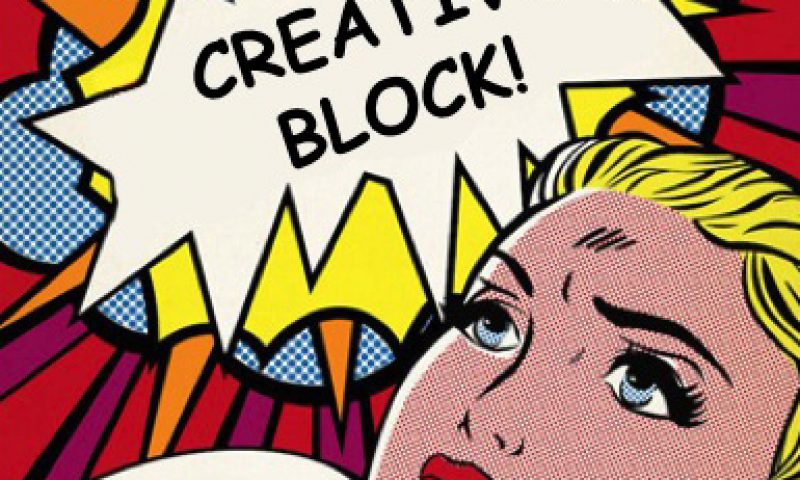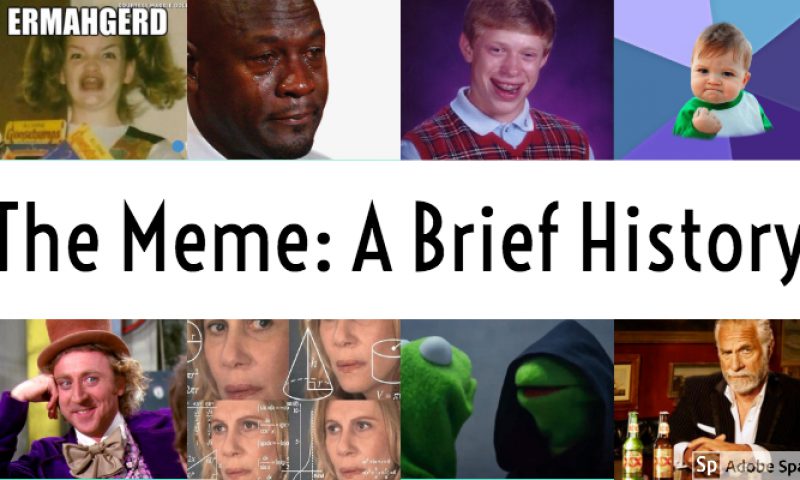
The Meme: A Brief History
Where it all began
When first thinking of a meme, cat images and crying Jordans come to mind, but the origin of ‘the meme’ has a more surprising, philosophical past than you think…
The word ‘meme’ dates back to pre-internet days. Coined by Evolutionary Biologist Richard Dawkins in his 1976 book The Selfish Gene, he attempts to explain the way cultural information spreads much like a successful genetic trait. The internet meme is a subset of the original meme concept and is a product of the culture and environment of the internet.
Thus, there are two definitions of a meme – depending on what generation you come from, I guess?
Meme (noun)
- An element of a culture or system of behaviour passed from one individual to another by imitation or other non-genetic means.
- An image, video, piece of text, etc., typically humorous in nature, that is copied and spread rapidly by internet users, often with slight variations.
Today, the meme is most commonly referred to today as the second definition – populating our newsfeeds and projecting cultural information in the form of a picture and a piece of text.
The very first meme!
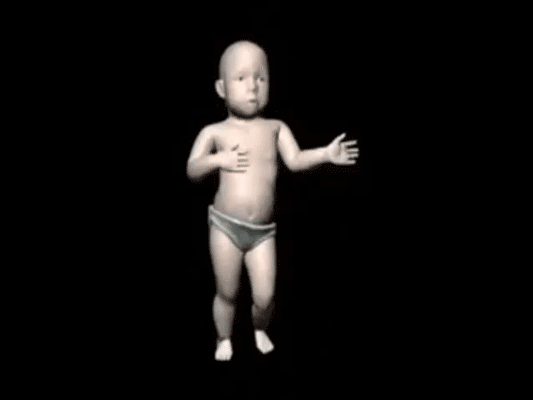
The Baby Cha-Cha
In 1996, Autodesk Animators Michael Giard and Robert Lurye wanted to show that you could program and direct the same movement with different characters using computers. They designed an animation of a baby doing a series of cha-cha-cha dance moves and then sent the animation around to other development and animation companies. It then landed on the desk of Ron Lussier at LucasArts who made a few edits and turned it into a GIF – which he sent to his coworkers, who sent it to their friends… and the rest is history.
Since then we’ve seen some epic memes that’s had us giggling and tagging our friends in. Here are a few of my favourite:
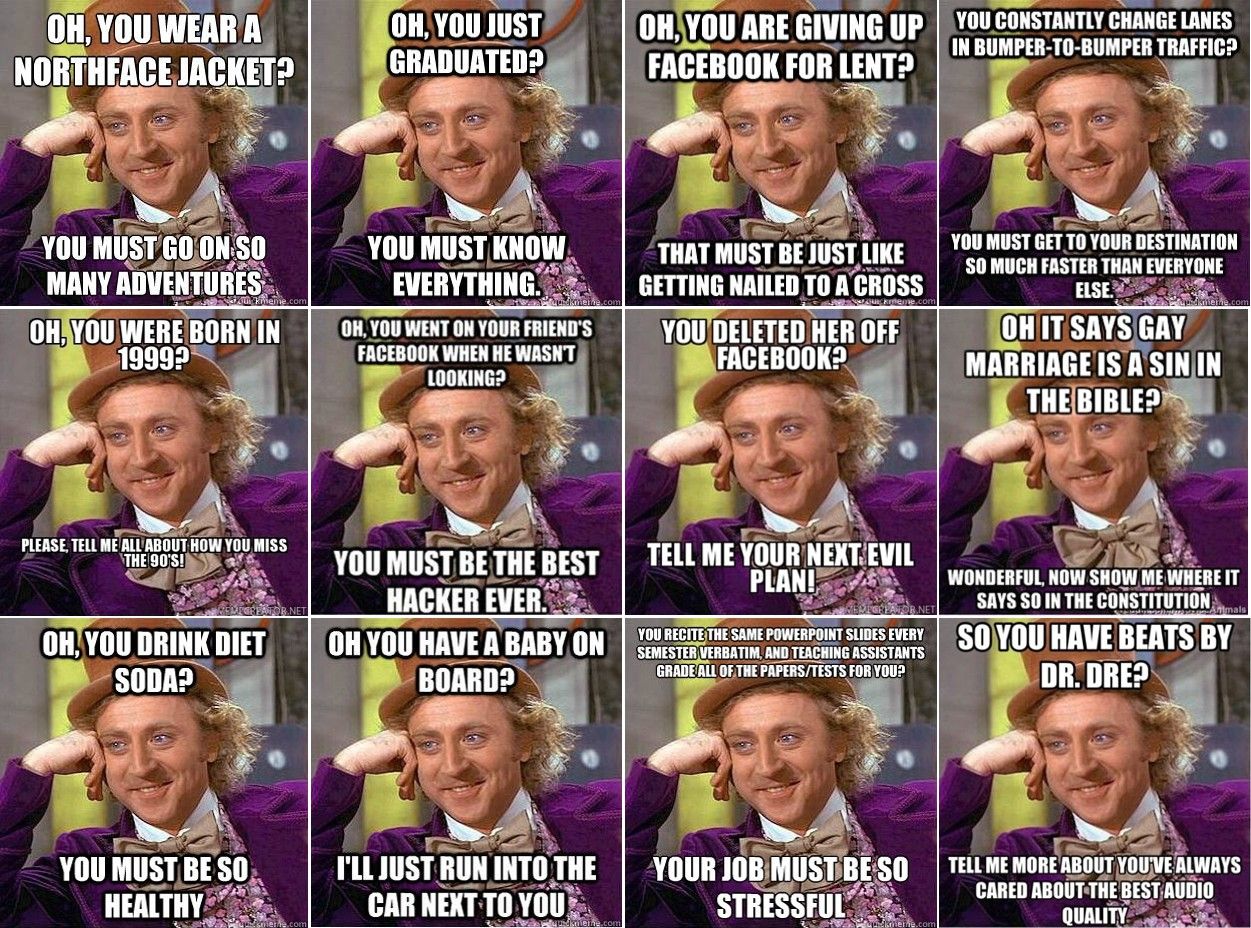
Condescending Wonka
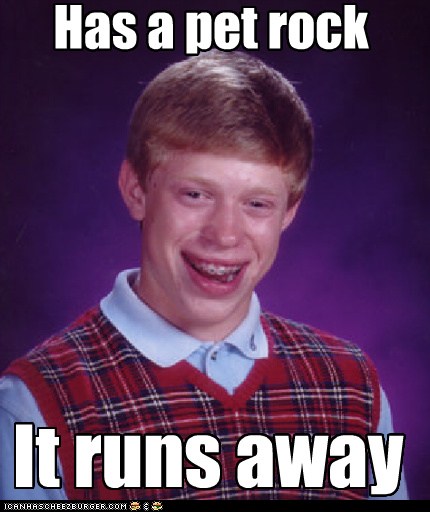
Bad Luck Brian
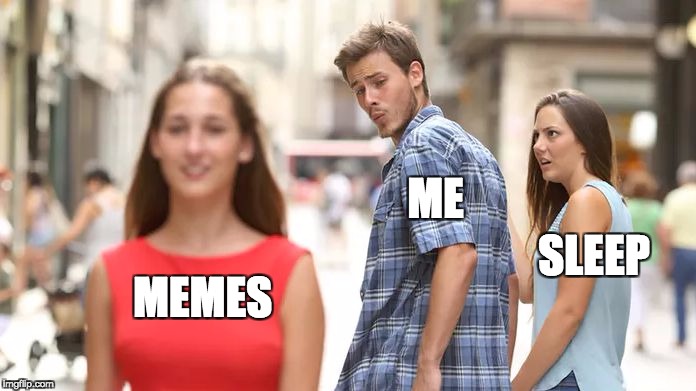
Distracted Boyfriend
Meme Marketing
Today, you can’t talk about Millennials or Gen Z culture without talking about digital culture and social media. For brands, this means paying attention to the way digital culture influences the way the people communicate. Because memes are native to the language of social media, they have become popular amongst brands as a means of viral marketing or guerilla marketing to create buzz for their product or service. Meme marketing can be a cost-effective and creative way to generate conversation – but there are a few guidelines to go by when deciding if meme marketing is right for your brand:
- Know your audience – Memes can work if your targeting young adults, but will miss the mark if you’re targeting an older generation. Memes can also be tongue and cheek, so if your brand is more conservative, meme marketing is probably not the route to go.
- Don’t jump on the bandwagon just to put content out – Your customers are smart and will know if you’re creating content just to capitalise on a trend.
- Use memes sparingly – Rule of thumb: quality over quantity. Don’t ever use memes to substitute originality and quality content.
- Be timely – Meme culture changes fast and can be influenced by anything around us. Keep an ear to the ground and strike while the iron’s hot.
When creating a meme, brands have two options – piggybacking on an already popular meme or creating their own viral sensation.
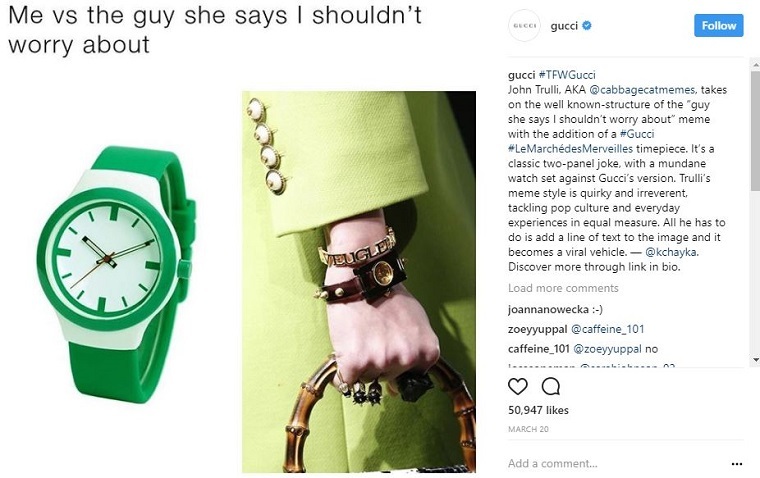
For a high-end brand like Gucci, meme marketing would not be the standard. But with 25.8 million followers on Instagram, the brand has taken the millennial market by storm by tapping into its variability. Gucci reimagined popular memes with quality photography featuring its watch collection and was met with mixed feedback. Either way, people were talking.

Dos Equis takes the win for the most viral meme marketing with its popular campaign “the most interesting man in the world”. The phrase “I don’t always x, but when I do, I y” could be applied to an infinite number of scenarios, thus creating a meme that can be duplicated over and over again – the formula for a viral meme.
They say a picture is worth a thousand words, but today you could say the same thing about the meme. Love them or hate them, memes have taken over our Instagram feeds and influences the way young adults communicate and can be a fun, topical way to harness the power of social media.
Katelynn Spaid, Social Media Coordinator
Katelynn Spaid moved to Dublin from Austin, Texas in March 2017 to work as the Social Media Coordinator for Neworld. She received her degree from Texas Tech University in Public Relations, and has extensive experience in social media management, content marketing and sales. At Neworld, she has developed an appreciation for branding and its relationship with design effectiveness. She admires the creativity and enthusiasm of her colleagues and is happy to be a part of the show by promoting and celebrating their work.
Keep Reading
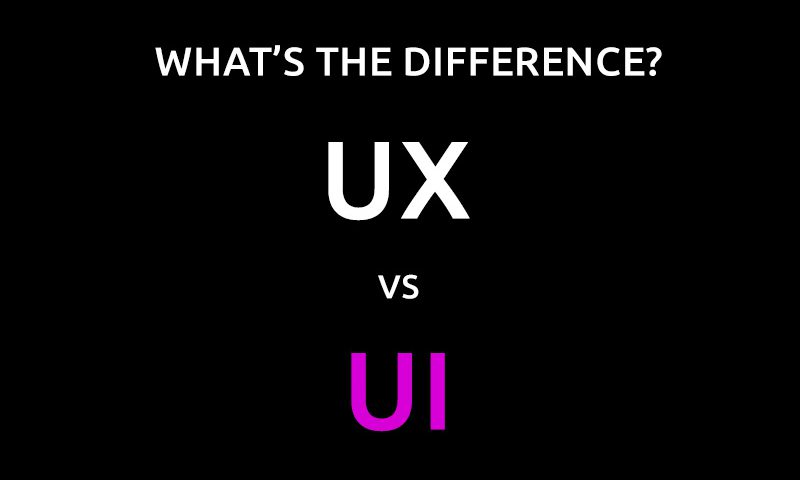
The differences between UX & UI

That Big Gay Flag
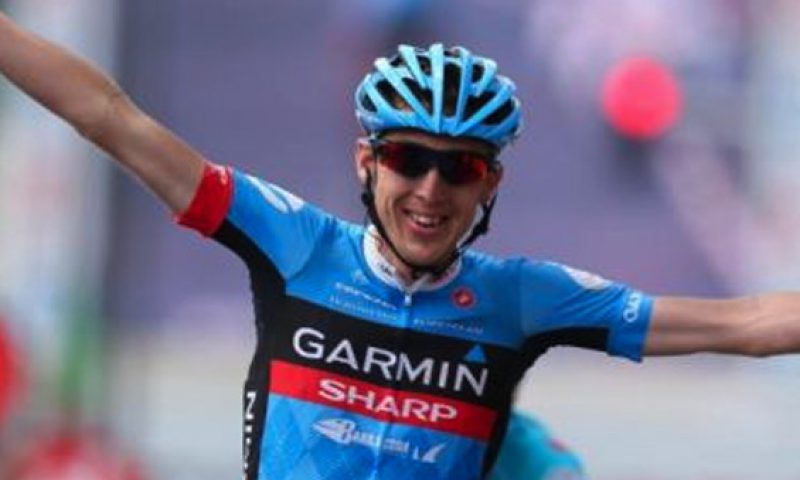
Cycling jersey branding – from dashing to dire
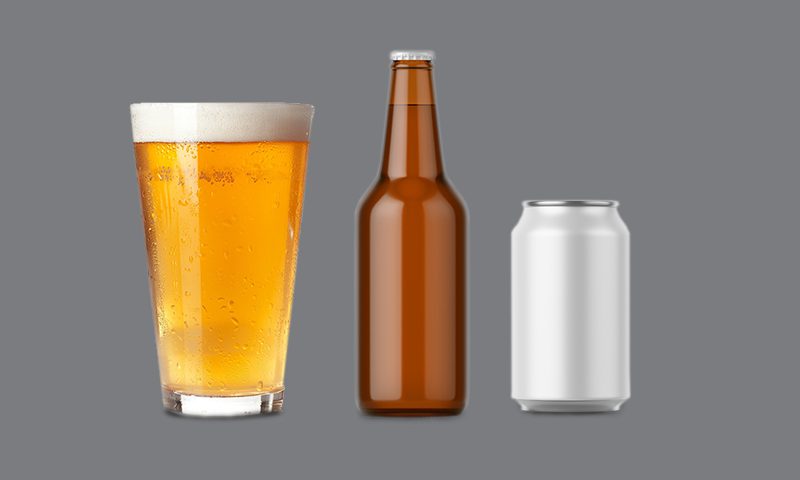
Draft, Bottle or Can?
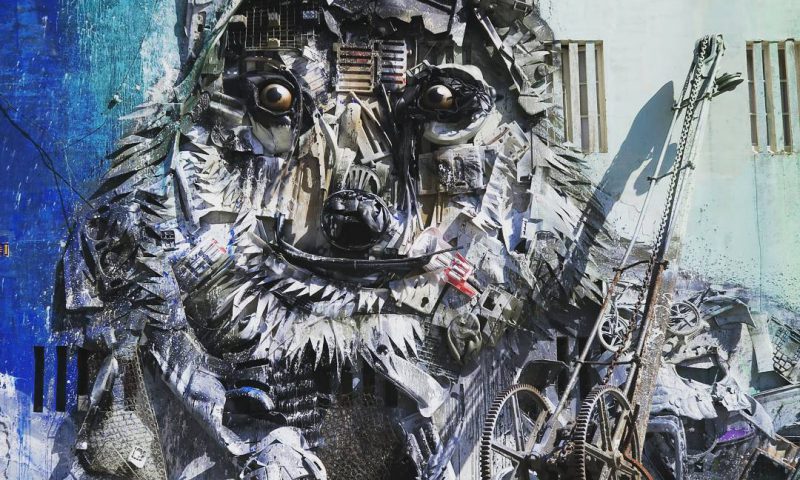
Recycling Through Street Art

The Secret to Happiness
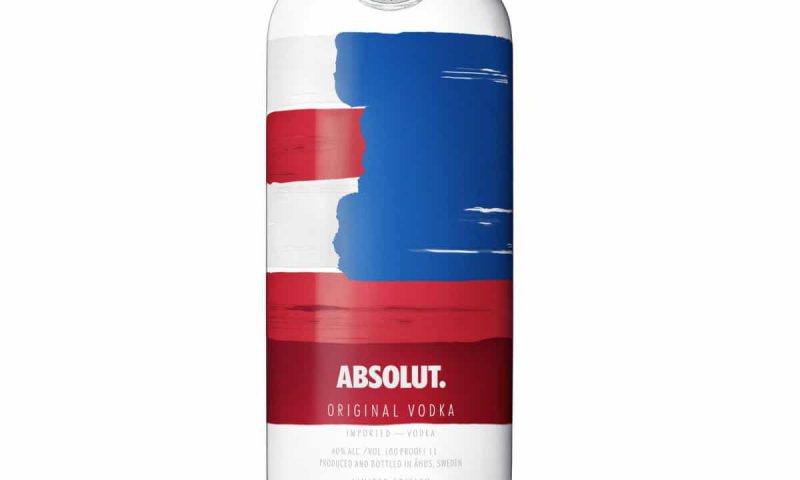
Absolut Perfect Packaging Design
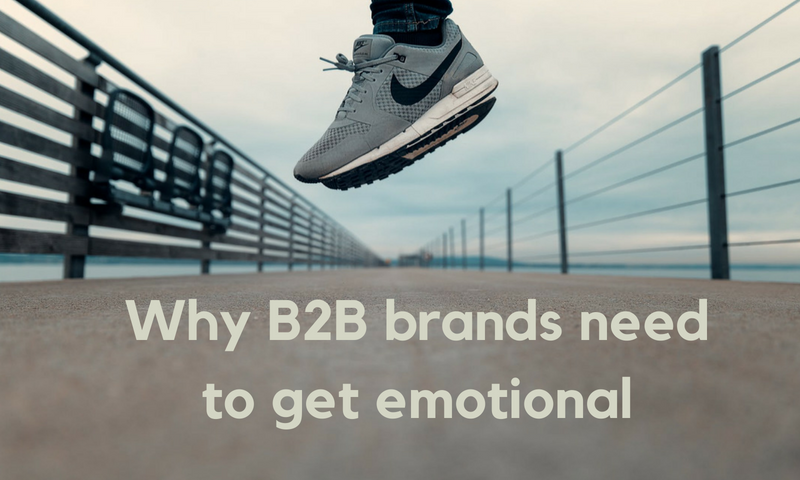
Why B2B brands need to get emotional
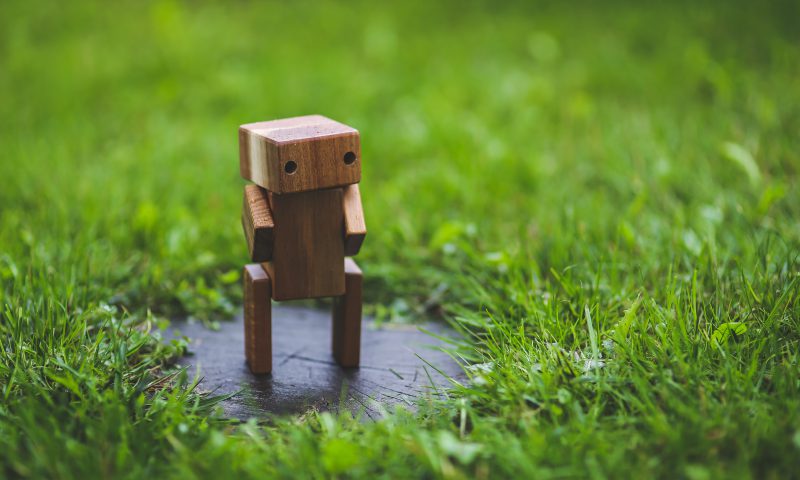
3 weird things you never knew about your website’s...

10 Top Tips for a Bonza Barbeque Bonanza!
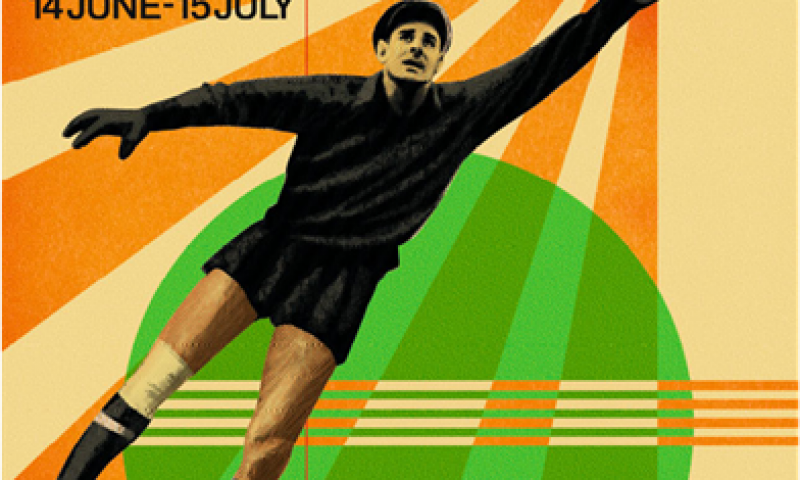
FIFA World Cup – Serious about design
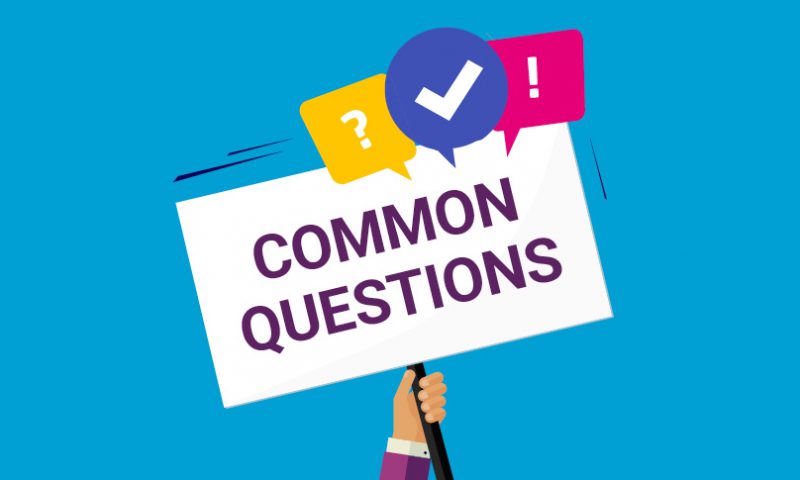
Interview Questions and Answers
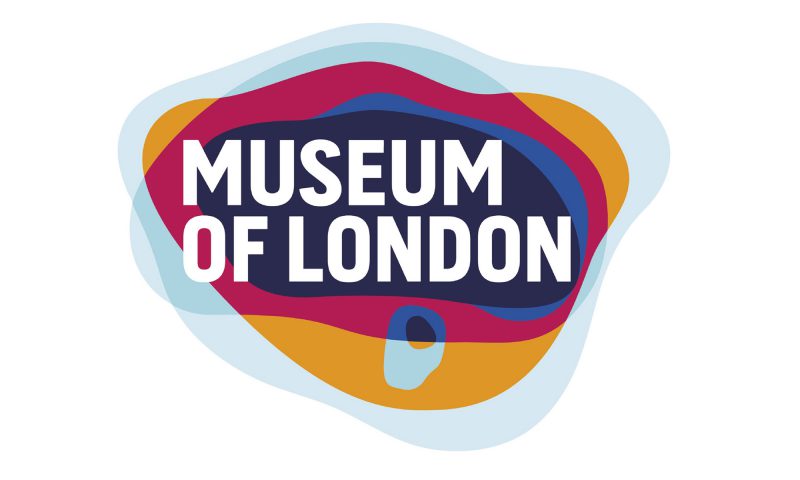
Crouching cyclist, hidden bear: The best hidden messages in...
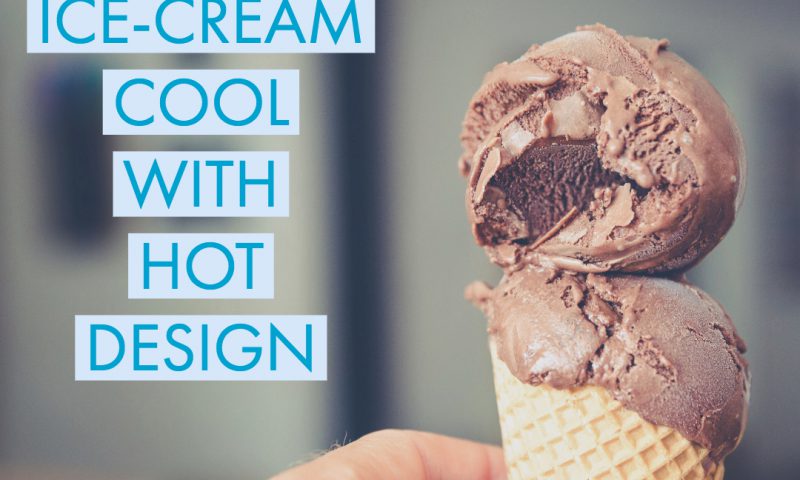
Staying Ice-Cream Cool with Hot Design
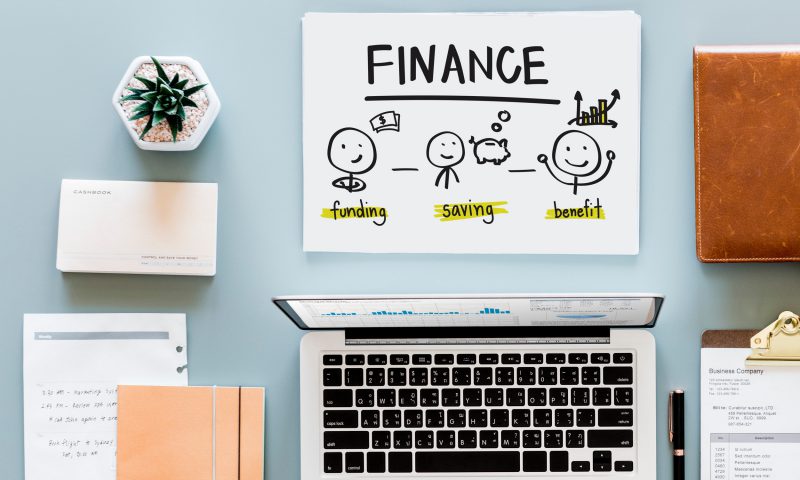
Plan your future now – don’t wait until it’s too late
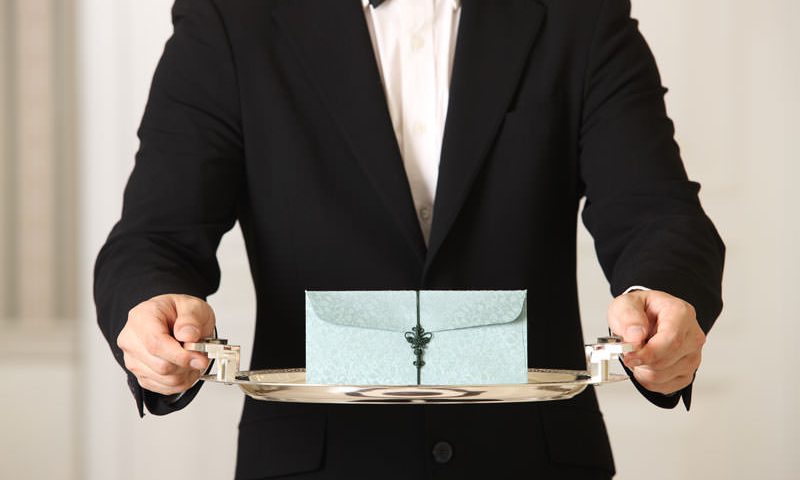
What can hotels learn from cruise ships?

A Tale of Three Lions – Retro Rebranding
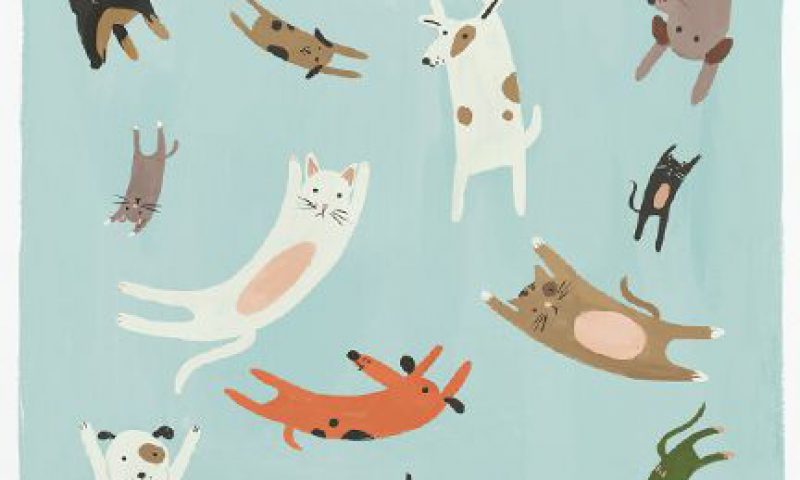
Did you ever wonder? Origins of well-known phrases

Where does your Dublin take you…
